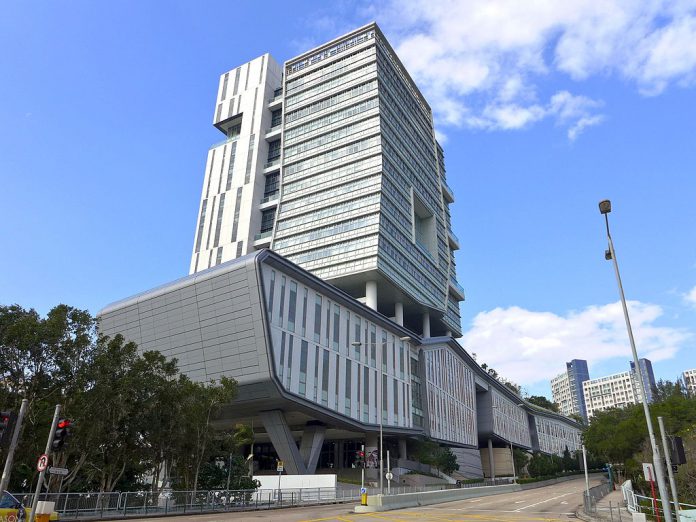Researchers at the City University of Hong Kong claim to have developed a more stable and efficient all-inorganic perovskite solar cell with a certified efficiency of 15.6%. The device, which its developers claim hit an uncertified 16.1%, is the most efficient inverted all-inorganic perovskite cell developed to date, according to the scientists.
Compared to organic-inorganic perovskite cells, all-inorganic devices offer higher thermal stability but lower conversion efficiency, of around 13.2-13.7%. The new cell, its developers said, was created with a simple molecular passivation strategy, involving a ‘Lewis base’ small molecule passivating the inorganic perovskite film.
Improved efficiency
A Lewis base is an electron-pair donor which can offer a pair of non-bonding electrons and the version chosen – 6TIC-4F – triggered nucleation of the perovskite precursor, leading to the formation of larger grains and a denser film, the Hong Kong team said. That enabled better energy alignment across the perovskite and the extract-transform-load interface, while ensuring improved electron extraction efficiency.
X-ray diffraction analyzed behavior of the perovskite crystal structure of the films with and without the 6TIC-4F treatment. “Compared to the control film, the film with 6TIC-4F passivation had higher peak intensity, indicating 6TIC-4F could improve the film crystallinity without inducing structural changes,” the researchers said.
Paper
The findings of the study are outlined in Highly efficient all-inorganic perovskite solar cells with suppressed non-radiative recombination by a Lewis base, published in Nature.
Similar research into all-inorganic perovskite structures has recently been announced by Germany’s Helmholtz Zentrum Berlin and Rice University, in Texas.
While all-organic perovskites have lagged organic-inorganic alternatives, the technology has shown plenty of potential – particularly in terms of overcoming stability issues – and remains an area of interest for researchers.






